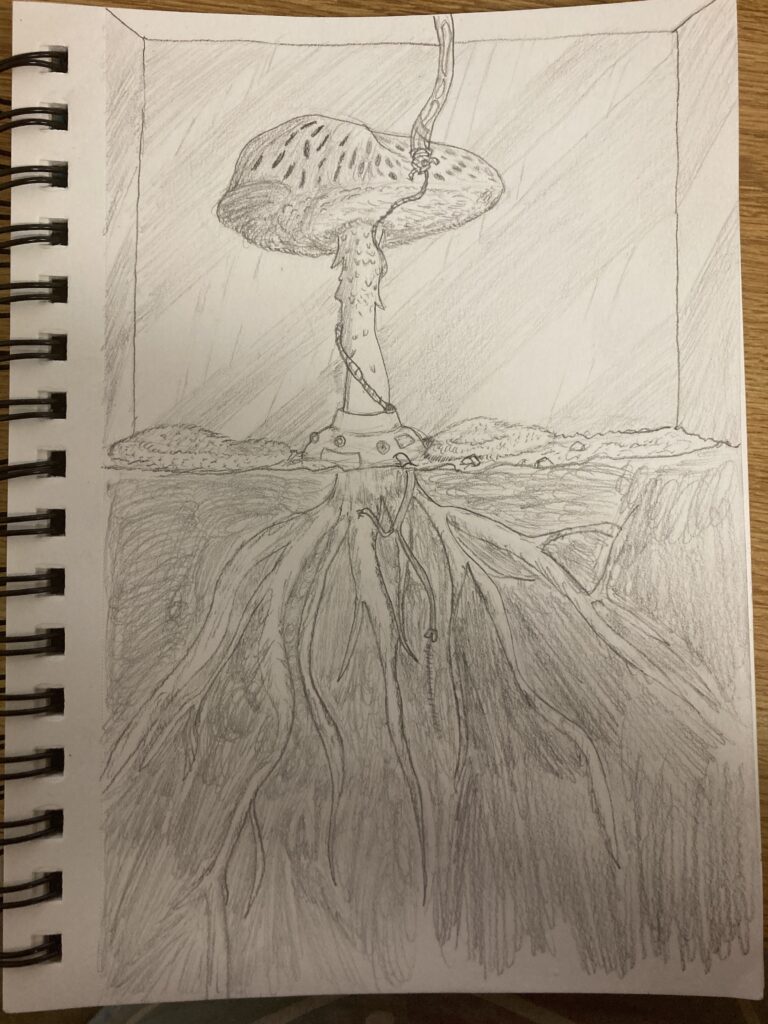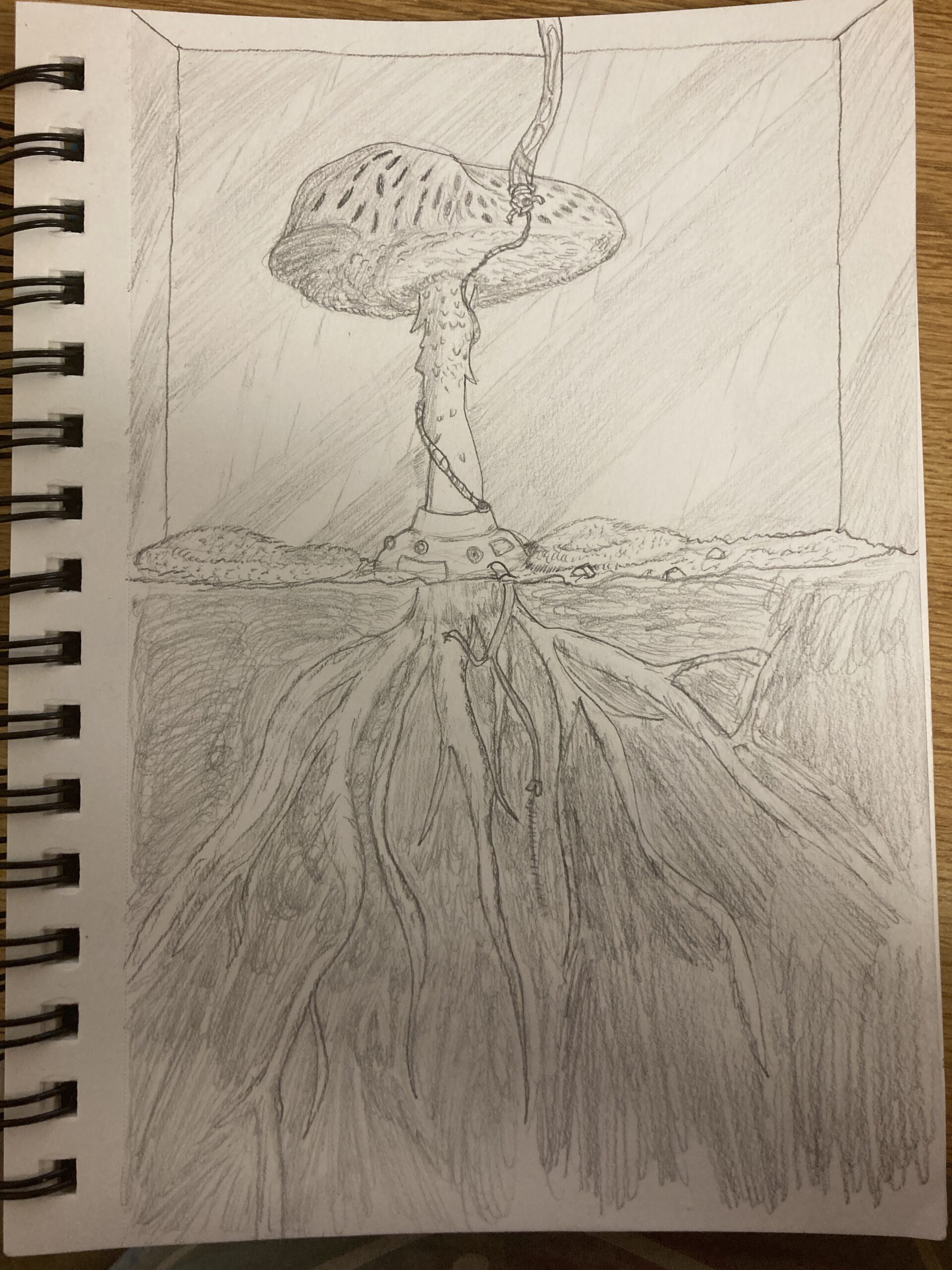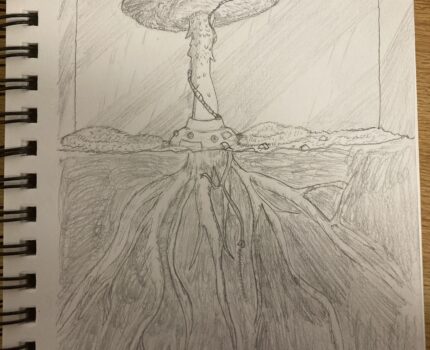
The nervous system interacts with the various systems of the human body in a number of key ways, one of the most important to a person’s daily life is of course the ability to move around. To pick up any object you might need and use it with the precision that is required of a person to do so. This is of course triggered by the nervous system.
It is a complex organ system that consists of the Central nervous system (CNS) and the Peripheral nervous system (PNS). The CNS consists of the brain and the spinal cord, while the PNS consists of everything else. (Anatomy and Physiology, various authors, Section 12.1). These systems in tandem are what allows us to move and process information from the outside world and then respond to it. But sometimes as we age or suffer from certain injuries the nervous system can be damaged or worn to the point where it stops functioning as smoothly. One such symptom of the degradation of the nervous system is a disease called Parkinson’s disease.
As characterized by Tolosa, E., Wenning, G., & Poewe, W, “Parkinson’s disease is a progressive neurological disorder characterized by tremor, rigidity, and slowness of movements, and is associated with progressive neuronal loss of the substantia nigra and other brain structures, (Tolosa, E., Wenning, G., & Poewe, W.)”. as such it is a disease that is intricately intertwined into the nervous system and how it operates. S such it is a disease that is difficult to treat and even more so to cure. The nervous system itself doesn’t repair very well compared to other systems in the body so the nervous system’s degradation and the development of Parkinson’s disease go hand in hand. As such the development of new ways to combat this disease is an ongoing and strenuous endeavor, with a rather bizarre new treatment method, nanotechnology.
Nanotechnology sounds like something out of a science fiction movie but it is very much technology being developed and utilized in new and exciting ways today. One such way that it is being used is in the treatment of certain diseases that plague the nervous system. As stated by Saeedi, M., Eslamifar, M., Khezri, K., & Dizaj, S. M, “In recent years, the researchers and drug designers have given growing attention to new nanotechnology strategies to improve drug delivery to the central nervous system (CNS).” This is a huge development in the treatment of certain diseases as described by Saeedi, M., Eslamifar, M., Khezri, K., & Dizaj, S. M, “Nanotechnology has a great potential to affect the treatment of neurological disorders, mainly Alzheimer’s disease, Parkinson’s disease, brain tumors, and stroke.” This is very exciting as such developments could provide breakthroughs on the treatment of Parkinson’s disease, providing relief and hopefully some regained control of the motor functions that have been taken from them.
In conclusion the development of new utilizations of nanotechnology can greatly aid in the treatment and symptom relief of many people suffering from Parkinsons and other such diseases that are rooted in the damage of the Nervous system.
The piece itself is a drawing of a mushroom with the mycelium roots representing the PNS and the main body of the mushroom representing the CNS with a bit of sci fi mushroom cybernetics to represent the nanotechnology aiding in its function.
Link to the art: mushroooooooooooooooooom
Citation:
Anatomy and Physiology . OpenStax. (n.d.). Retrieved November 14, 2022, from https://openstax.org/details/books/anatomy-and-physiology
Saeedi, M., Eslamifar, M., Khezri, K., & Dizaj, S. M. (2019). Applications of nanotechnology in drug delivery to the central nervous system. Biomedicine & pharmacotherapy = Biomedecine & pharmacotherapie, 111, 666–675. https://doi.org/10.1016/j.biopha.2018.12.133
Tolosa, E., Wenning, G., & Poewe, W. (2006). The diagnosis of Parkinson’s disease. The Lancet. Neurology, 5(1), 75–86. https://doi.org/10.1016/S1474-4422(05)70285-4


I see two objectives that you’ve touched on, 1) Identify the various components and key structures of the nervous system and 2) Compare and contrast the peripheral and central nervous system. The nervous system makes it possible for people to move around and use the objects in our lives. For example, without my body’s nervous system I wouldn’t be able to type on my computer to complete this assignment. However, getting older or getting an injury can cause problems to the nervous system. One of these problems is called Parkinson’s disease. This is a disease that causes various body parts to quiver, become stiff, and slow down their movement. The nervous system doesn’t repair as well as other systems in the body, which is why this disease is so hard to cure. However, one method that can be used to fight against this disease is nanotechnology. Using nanotechnology in medicine will target the body parts that are in need of the most medicine or drugs. So, if nanotechnology is being used to fight Parkinson’s disease, the drugs will go directly to the central nervous system with precision. The effects of using nanotechnology on Parkinson’s patients could hopefully be increased motor functions.
The mushroom drawing perfectly represents the nervous system. The main part of the mushroom is the CNS because the CNS is located in the axial part of the body. The PNS is represented as the roots of the mushroom, since in the body the PNS travels down the arms and legs looking similar to roots. In order to show nanotechnology supporting the mushroom, electrical parts and cybernetics were spread throughout the drawing, aiding different areas of the mushroom (CNS).